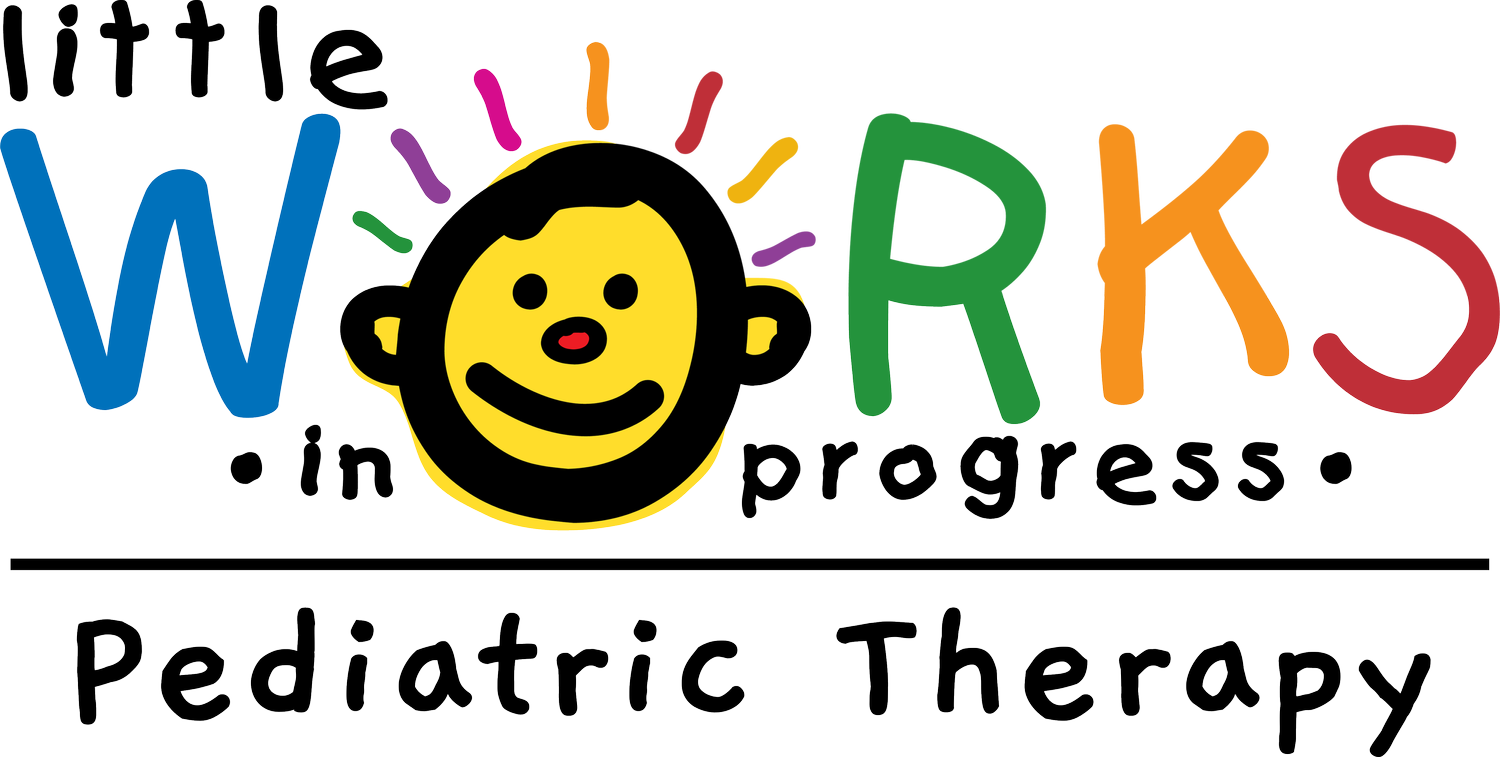
Occupational Therapy
Occupational Therapy involves assessment and intervention for the following services: adaptive equipment, developing coordination, feeding, fine motor, gross motor, handwriting, performing activities for daily living, playing and socializing, self care, and sensory integration. Occupational Therapy addresses participation in meaningful activities by improving skills and finding solutions.

-
Skills related to the small muscles of the body, particularly those of the hands. Children need adequate dexterity, strength, and coordination to manage a variety of objects in their daily routines such as writing utensils, eating utensils, and scissors.
-
The organization of sensory input for use. This may include perception of the body or the environment, adaptive response, or learning process. Through sensory integration, many parts of the central nervous system work together so that a child can interact with the environment safely and effectively.
-
This is the process responsible for the reception and cognition of visual stimuli. Visual perception allows a child to make accurate judgments of the size, configuration, and spatial relationships of objects.
-
These skills are the integration of visual perception and fine and gross motor skills. Children who have difficulties with visual motor skills will often have trouble learning how to print or write.
